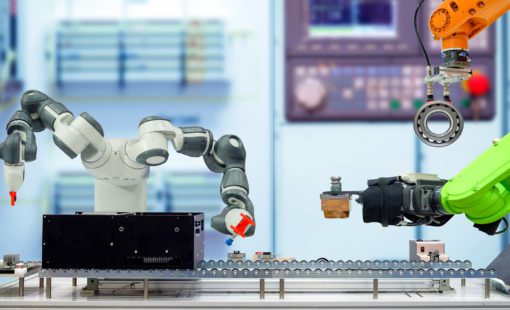I recently talked on predictive failure analysis at the PTC LiveWorx 2017 conference. There was a lot of audience interest, so I thought I’d share some of the things I discussed.
We all know that manufacturing yields and costs are the driving force behind product development, rather than product quality. You can buy a Design for Manufacturing (DFM) tool, but try buying a Design for Quality tool – good luck! The best way of measuring product quality is finding out how your product performs in the hands of the customer. But measuring product performance, and quantifying quality, is difficult at best for most products. The good news is that more and more devices are becoming part of the Internet of Things (IoT), which extends the design team’s visibility beyond manufacturing – and that changes everything.
Electronic crystal ball
Let’s start with an example that illustrates the benefits of predictive failure analysis. Most of us have furnaces in our homes. What if your furnace repair company knew that sometime in the next 50 heating cycles, your gas flow control valve is going to fail? And just to make it interesting, the Arctic Vortex happens to be moving through your neighborhood this week. Chances are the furnace will fail on the coldest night of the year. But what if you get a call from your furnace repair company with information about an imminent furnace failure and you give them the OK to make the pre-failure fix. The panic, stress and cold of a furnace failure are avoided. You have just experienced predictive failure analysis at work.
 From a services and consumer perspective, the benefits are real. The service company can proactively contact customers with imminent failure warnings. And, of course, some consumers will say no and wait for the failure to occur. After a few of those furnace failure predictions come true and the consumer pays extra for a weekend repair, the next call from the repair company may get some action. The repair company suddenly gets rave reviews for magically predicting when the furnace is going to fail and the consumer avoids the stress and potentially costly weekend repair. Everyone wins.
From a services and consumer perspective, the benefits are real. The service company can proactively contact customers with imminent failure warnings. And, of course, some consumers will say no and wait for the failure to occur. After a few of those furnace failure predictions come true and the consumer pays extra for a weekend repair, the next call from the repair company may get some action. The repair company suddenly gets rave reviews for magically predicting when the furnace is going to fail and the consumer avoids the stress and potentially costly weekend repair. Everyone wins.
Design feedback
But what if the product development team could use the same data to improve the quality of their product? Let’s say the gas flow controller was poorly designed and causing regular failures. And those frequent failures are causing the customer satisfaction numbers to fall, and those customers are complaining on social media. This impacts the sales and reputation of the furnace company. Now consider that the design team has a large repository of the diagnostic failure codes collected from more than 500,000 furnaces in service. The furnace is a connected device and part of the IoT. Each furnace reports diagnostic results periodically and those results are analyzed.
The collected data set can include heating cycles, air conditioning cycles, PCB diagnostics, gas flow information, humidity, temperature, etc. So by analyzing this data design it’s possible to highlight the failure trends and modes.
For example, if the collected data points to a spike in diagnostic failures when the furnace reaches approximately 5,000 heating cycles, but the gas flow controller was designed to be maintenance free until at least 20,000 heating cycles, the design team can dig into the error codes and determine why the gas flow controller is failing.
The design team can now fix the gas flow controller design and release a new version of the board. New furnaces, as well as those repaired in the field, will get the improved design and will perform as designed.
Service win
Without a connected furnace, the design team has very limited visibility into what is happening in the field. Problem resolution without the benefit of a connected furnace could take months instead of days.
When you consider this is a win for the service industry, the consumer and the product company, shouldn’t we be making predictive failure analysis a reality?
From the product company’s (e.g. the furnace company) perspective, it is not hard to get there. The pieces exist. Part 2 of this series will walk you through the steps to build your products with predictive failure analysis capability.
Related Content

- Solutions

- Blog
I recently talked on predictive failure analysis at the PTC LiveWorx 2017 conference. There was a lot of audience interest, so I thought I’d share some of the things I discussed. This is the second of two posts on this subject.




